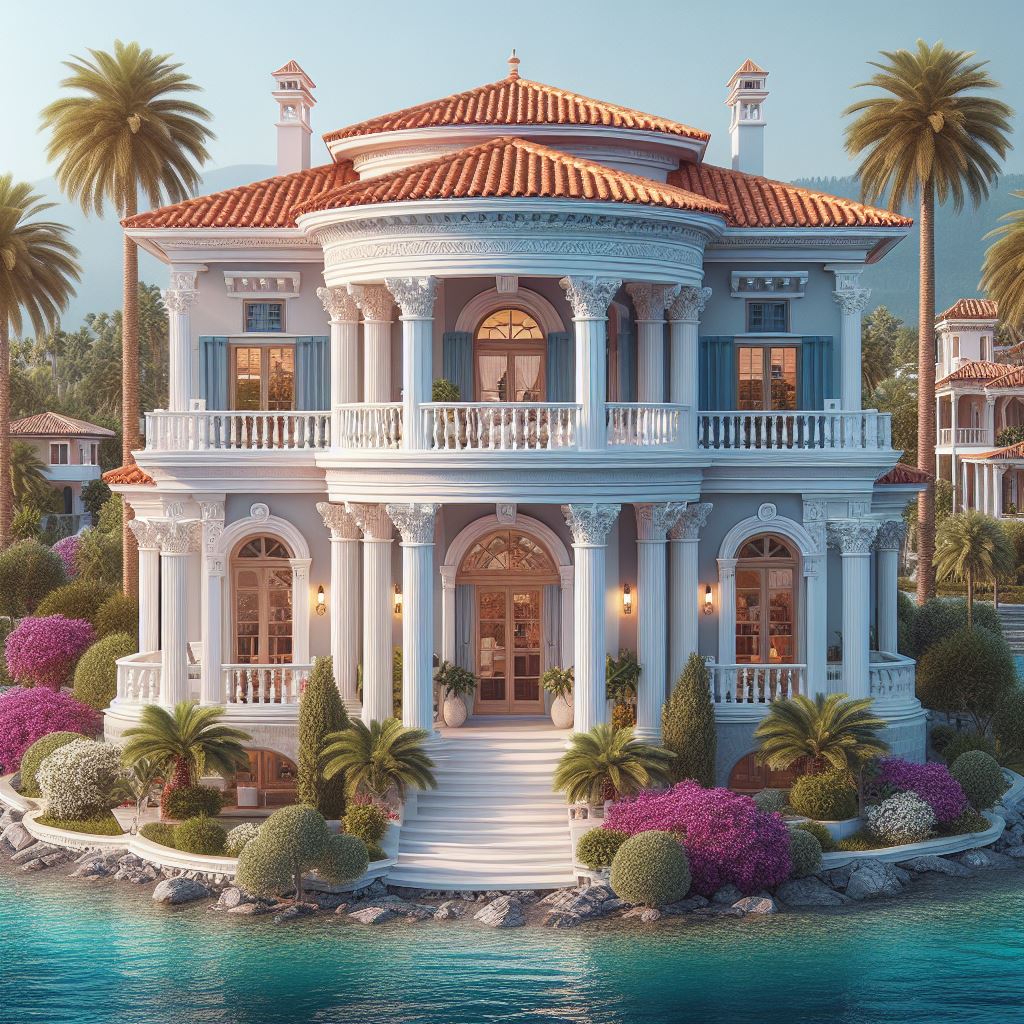Residences of World Leaders: Their Architecture and History
This article delves into the residences of presidents, monarchs, and other heads of state, examining their architectural features, historical significance, and role in political culture. It explores how these residences reflect the power, authority, and cultural heritage of the nations they represent.

1. Introduction
Residences of world leaders stand as tangible symbols of authority and prestige, often embodying centuries of history and tradition. In this article, we embark on a journey to explore the architectural marvels and historical significance of these iconic homes. From presidential palaces to royal castles, we delve into the rich tapestry of world leader residences, uncovering the stories they hold and the roles they play in shaping political culture.
2. Residences of Presidents
The homes of presidents serve not only as private residences but also as symbols of national identity and diplomacy. We examine the diverse architectural styles and design elements of presidential residences, from the grandeur of the White House in the United States to the elegance of the Élysée Palace in France. Through a historical lens, we explore how these residences have evolved over time and their impact on shaping the diplomatic landscape of their respective nations.
3. Residences of Monarchs
Royal palaces and castles stand as enduring symbols of monarchy and tradition, reflecting the rich cultural heritage of their nations. We analyze the architectural evolution of royal residences across different historical periods, from medieval fortresses to opulent palaces. Delving into their cultural significance, we explore how these residences continue to play a central role in modern societies, preserving a connection to the past while embracing the present.
4. Residences of Other Heads of State
Beyond presidents and monarchs, other heads of state also reside in homes that symbolize their authority and leadership. We provide an overview of residences belonging to prime ministers, chancellors, and other heads of government, examining the architectural styles and functions of these homes. Through comparative analysis, we discuss how the design and location of these residences reflect the political systems and cultural values of their respective countries.
5. Historical Significance and Political Culture
The walls of world leader residences have witnessed historic events, political decisions, and international diplomacy that have shaped the course of history. We delve into the historical significance of these homes, exploring the pivotal moments that have unfolded within their walls. Moreover, we examine how the preservation and presentation of these residences contribute to the narrative of national history and political culture, fostering a sense of continuity and pride among citizens.
6. Conclusion
In conclusion, the residences of world leaders stand as enduring symbols of power, authority, and cultural heritage. From the grandeur of presidential palaces to the majesty of royal castles, these homes tell stories of leadership, diplomacy, and national identity. As we reflect on their architectural diversity and historical importance, we recognize the vital role these residences continue to play in shaping political identities and international perceptions in an ever-changing world.